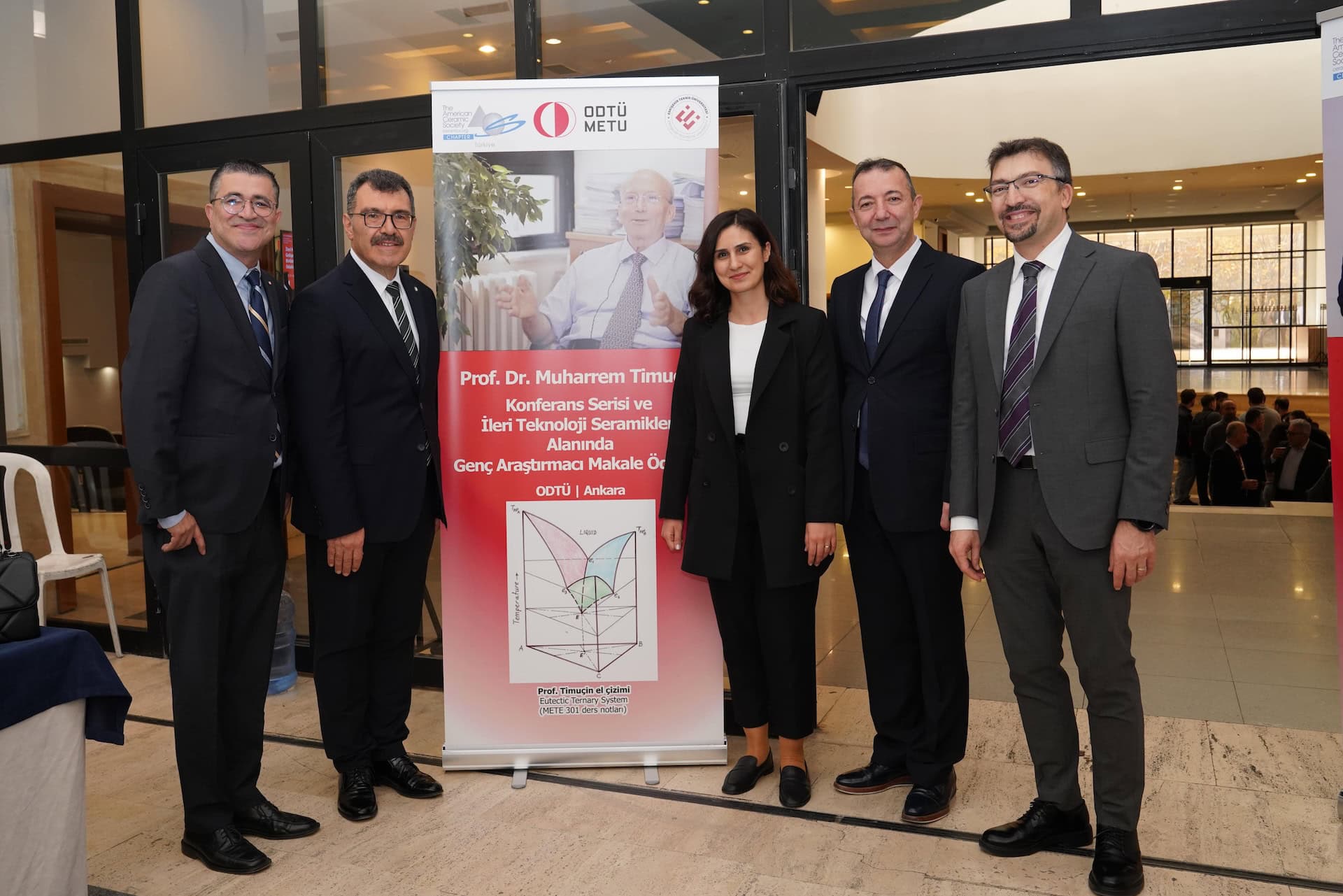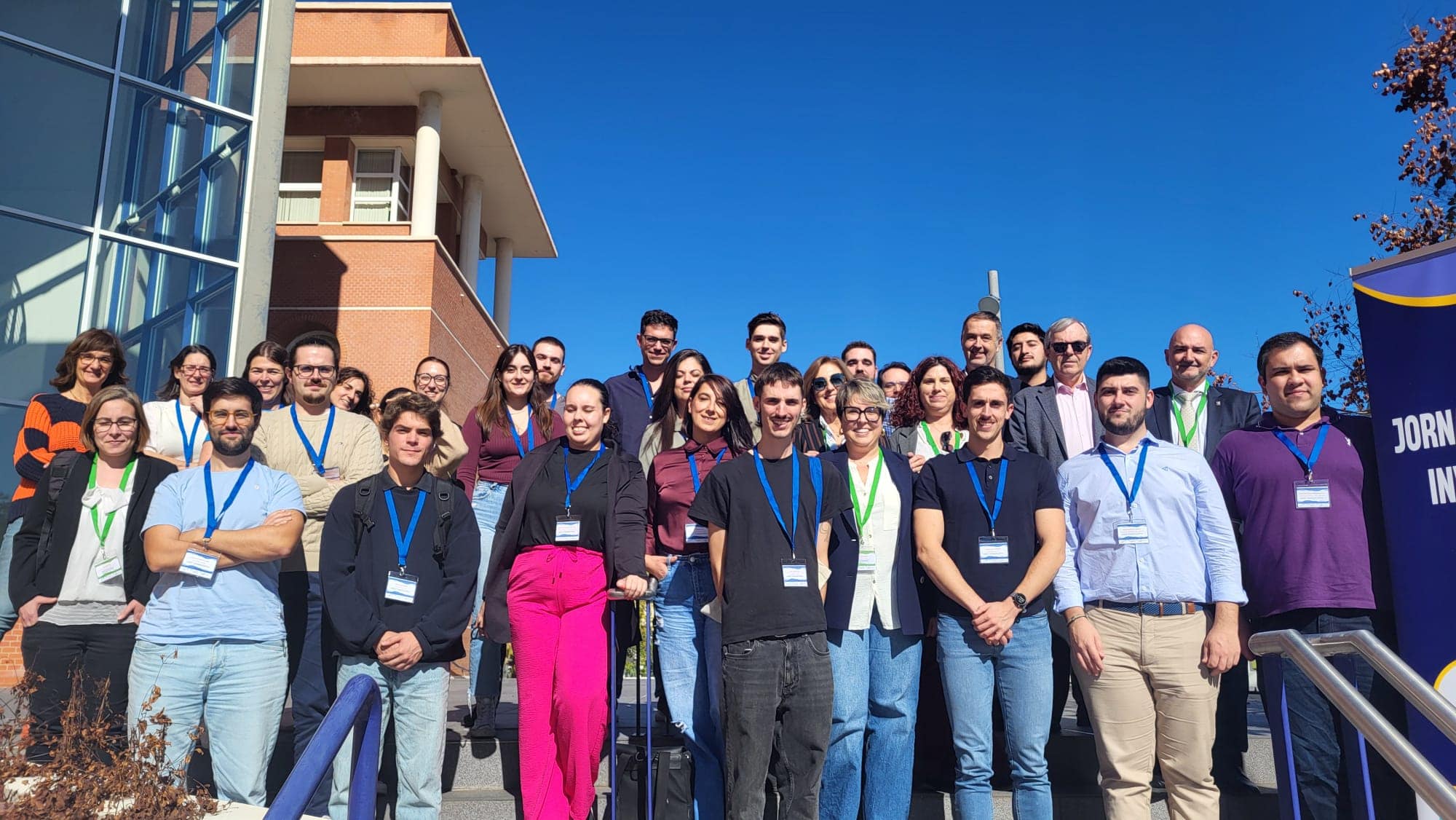Readers old enough to remember Elvis Presley might recognize his motto (and the name of his backing band): “Taking Care of Business,” or TCB. In fact, more than 36 years after the singer’s death, those who are so inclined can still buy TCB merchandise online.
The main portion of the 74th Glass Problems Conference wrapped up in Columbus, Ohio Wednesday. (A symposium on air emissions and control technologies continues Thursday.) By all accounts the event was a success, with lots of attendees, an air of optimism, and a tabletop exposition where nearly 60 suppliers of glassmaking technology followed the King’s lead and took care of business during breaks from the technical program.
Robert Lipetz, executive director of the Glass Manufacturing Industry Council, cosponsor of GPC along with Alfred University, reports that more than 400 glass industry professionals attended this year’s edition—the fifth straight year of attendance increases for the event. Among the attendees were international visitors from 17 countries.
After a Tuesday plenary session covering glass melting and breakout conference tracks on batching/forming and process modeling, sensing, and control, Wednesday was all about refractories.
Next year’s GPC is scheduled for Nov. 3–6, again in Columbus. Until then, here’s a brief selection of photos from this year’s conference and expo.

Rolf Weigand of TU Bergakademie Freiberg (Germany) gave a well-received talk on industrial testing of a patented, bio-inspired coating technology for porous refractories from Ancorro that can save energy and slow refractory wear in a variety of glassmaking applications. Credit: ACerS.

Exhibitors field questions from attendees during busy breaks from the conference sessions. Credit: ACerS.
Author
Jim Destfani
Spotlight Categories
- Meeting Highlights






